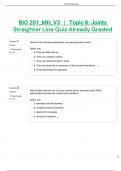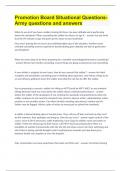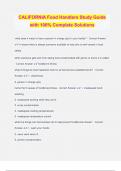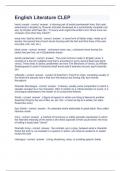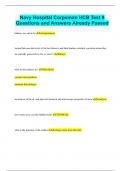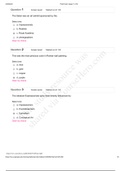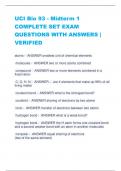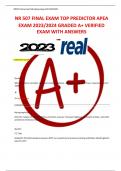Interview
AS Biology Cambridge Topic 2 Notes & exam resources for paper 1
- Vak
- Instelling
-AS Biology Cambridge Topic 2 full notes covering all points of the sylabus as you go on. contact us on: -contact us about any help you need FOR FREE -Includes diagrams & illustration for further understanding -includes handwritten worked examples for common Paper 1 misconceptions. -Most pa...
[Meer zien]





